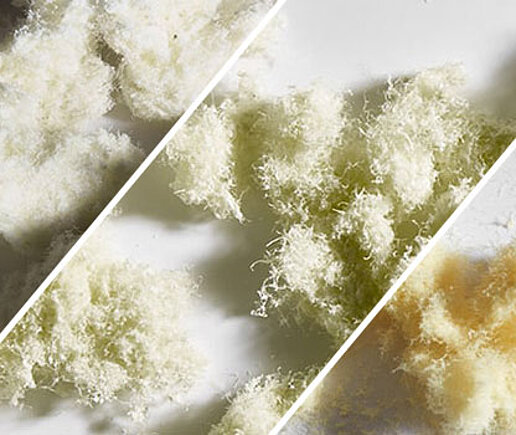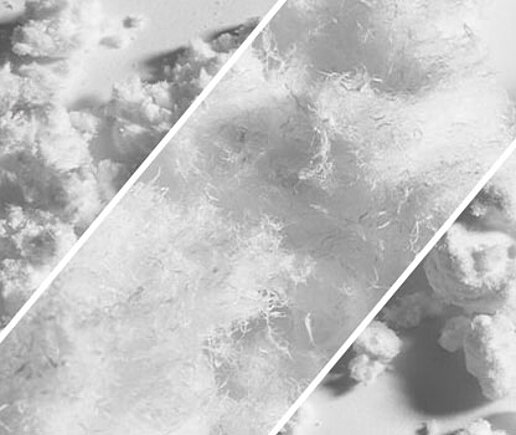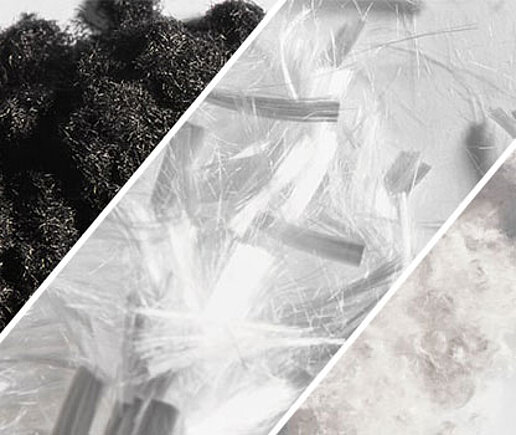

Fibrillated fibres have mechanical properties which are the same as, or similar to, those of the corresponding fibre types in filler or short cut fibre form. Their main differences derive from their branched structure (fibrils) and their demonstrably, substantially greater surface area. Owing to these specific properties of the fibres, additional effects are derived, e.g. thixotropic properties.
Filter application areas:

Acrylic fibre
Acrylic fibres, also called PAC or PAN, consist of at least 85 % of the monomer acrylonitrile. The co-monomers…

Aramid fibre
The word ‘aramid’ is a composite of the words ‘aromatic’ and ‘polyamide’ and is also known by the protected…

Polyethylene fibre
Polyethylene (PE for short) belongs to the polyolefin family and, together with polypropylene, is the most…

Cellulose fibre
Cellulose fibres form the main component of the cell walls in plants, which means that cellulose is the most…